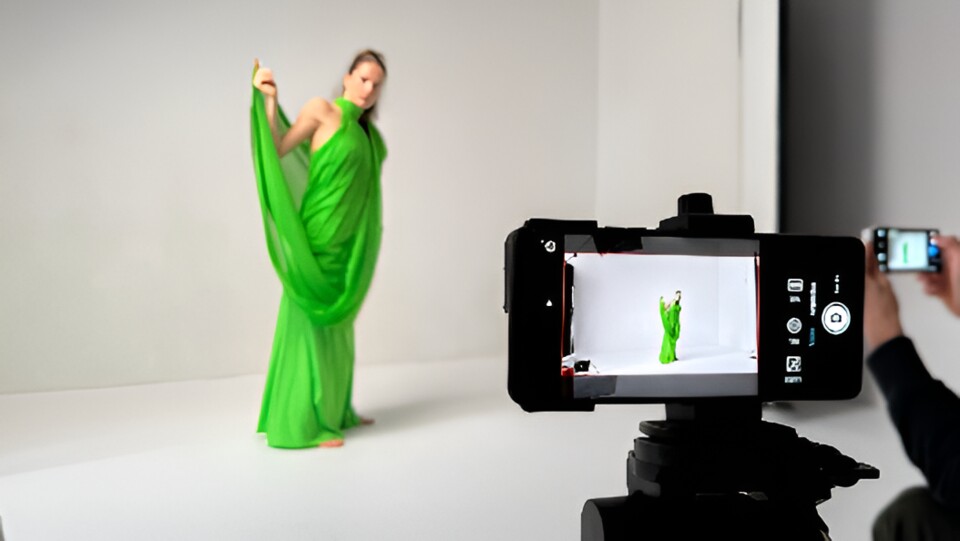The new image sensor technology aims to completely eliminate motion blur in photos. We explain the technology behind it (Image: Prophecy)
Cameras in smartphones are getting better, sharper, faster and now smarter. More and more are using machine learning and artificial intelligence to create images that were previously only possible with advanced knowledge of photography and image editing.
Today this can be done practically with the push of a button.
Now Qualcomm and the French company “Prophese” have introduced a new technology that can take mobile photography to a new level.
The Promise: No more blurry photos.
This is how the new camera sensor works
This is what a potential camera system with the new Metavision sensor might look like. (Image: Foretell)
T-Rex between camera sensors: Unlike traditional camera sensors that capture images continuously, the Prophesee sensor only detects changes in the scene.
The new sensor only “sees” when something moves. Fixed items are not visible to the sensor. This works through each individual pixel, triggering “events” independently when the brightness value in a location changes – which is the case with motion.
Prophesee calls this technology “neurosensing.” The feature is marketed as “Metavision”.
Unlike regular camera sensors, this sensor does not record images, but rather alters them.
It can be installed next to the main cameras in current smartphones equipped with powerful Qualcomm processors. Since the sensor does not record images continuously, it is particularly energy efficient.
For example, the latest one, called the “Gen
The technology for this sensor was developed by Prophesee in collaboration with Qualcomm and Sony.
How do you ensure sharp images?
link to YouTube content
Since the sensor only records changes, it can collect image information very quickly.
To put that in context: For a conventional camera, this would be the equivalent of a shot at approximately 10,000 frames per second.
Traditional image sensors require a very large amount of light to capture images very quickly in order to be able to create low-noise images. The Prophesee sensor is more flexible and can capture information even in poor lighting conditions.
When taking photos, the data from this can be compared with the main camera data (using AI, of course) and thus motion blur can be eliminated.
When will the first mobile phones equipped with this sensor be available?
The results shown in the video above were recorded using a Metavision-equipped smartphone. It has not been revealed which smartphone will actually be used or whether it has not been released yet. However, there are images that show the cell phone – but only from the front.
One of the first mobile phones to have a built-in Metavision sensor. (Image: Foretell)
Apart from mobile phones, these sensors can also be used in AR/VR glasses, robotics, pharmaceuticals, smart home devices, and many other application fields.
Prophesee now has three Metavision sensors In the walletWhich are available to manufacturers. One of them is the Sony IMX636, which is also intended for smartphones. It is not yet known exactly when the cell phone will appear with this or a similar sensor.
Also interesting is the innovation in Honor smartphones: Reminiscent of telekinesis: Sometimes the Honor Magic 6 Pro can only be controlled with your eyes
What do you think about this technology? Do you want a cell phone with a sensor like this? Or are you perhaps hoping for such technology for classic system cameras? Are there other features and functions that you think need improvement in smartphones? Write it for us in the comments!

“Certified tv guru. Reader. Professional writer. Avid introvert. Extreme pop culture buff.”










More Stories
Samsung Quantum Dot TV: Art meets technology
Pitch: €56m for energy startup Reverion
Plastoplan: Plastics for Energy Transition